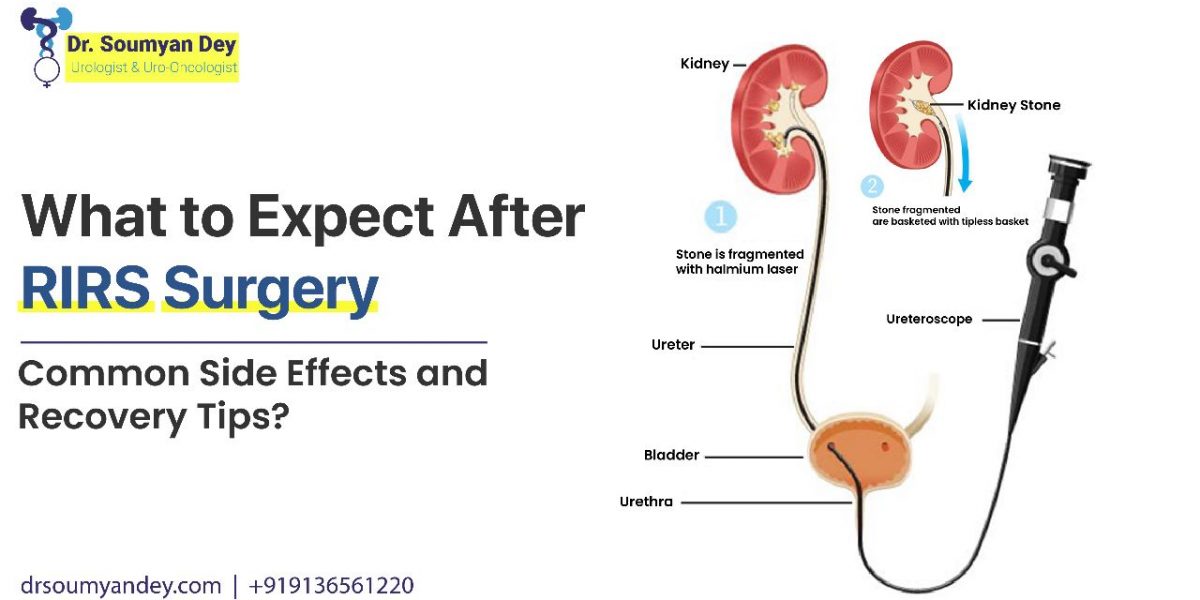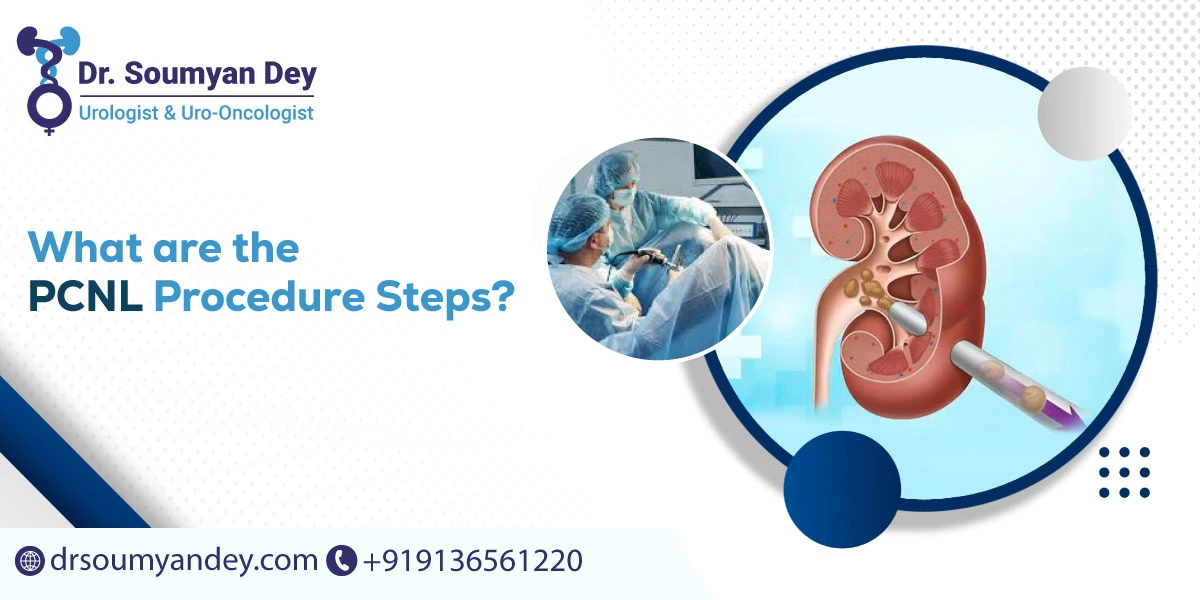What to Expect After RIRS Surgery: Common Side Effects and Recovery Tips?
Retrograde Intrarenal Surgery or RIRS is a minimally invasive kidney stone removal procedure, in which a viewing tube, called a fiberoptic endoscope, is inserted into the ureter through the urethra. This tool is flexible enough to be bent and moved, allowing the RIRS surgery doctor in Navi Mumbai to move it into the ureter effortlessly. It’s a better and comparatively less invasive procedure than traditional kidney stone removal surgery. Keep reading to learn more about RIRS, when it’s performed, and some recovery tips.
What is RIRS Surgery?
RIRS is recommended for patients with kidney stones ranging from 10mm to 14mm in size. For those who experience recurring kidney stones or have huge stones that are too big to be removed with oral medication, the RIRS is an excellent choice.
The endoscope gives a clear view of the urine-collection portion of the kidney and the number, as well as, the size of stones in it. The kidney stones are broken into tiny particles using the laser fiber, which is inserted into the ureter through the scope. Once done, these broken stone particles will be then removed through urine.
The minimal risk of complications with no scarring and faster recovery make RIRS a suitable choice for those who don’t want to undergo traditional surgery. Since there’s no bleeding or the risk of harm to the surrounding organs, the recovery time for RIRS is relatively faster than the invasive kidney stone surgery. That said, it comes with a few risks you should discuss with your doctor.
Also Read: Is Summer the Kidney Stone Season?
Common Side Effects of RIRS Surgery
RIRS doesn’t involve any incision, but the stent implantation through the urethra can cause mild discomfort post-procedure. Initially, you won’t feel anything due to the effect of local anesthesia, but once it wears off, you might experience pain or discomfort. To avoid pain while urinating, your healthcare provider will put a catheter, which is left for 24 hours. The side effects of RIRS surgery are less common and are seen in very few people after the operation. Here are a few of them:
- Hematuria
- UTI
- Urinary incontinence
- Bleeding
- Infection
- Fever
If you notice these symptoms post-surgery, visit the urology hospital in Navi Mumbai immediately.
Tips for Recovering from RIRS Surgery
You will be put in the monitoring room for the first few hours. Once the catheter is removed, you will get a discharge. You might notice blood in the urine and discomfort while sitting or walking.
Avoid practicing any strenuous physical activity for the first few days and drink plenty of fluids. Eat a healthy and nutritious diet and avoid caffeinated beverages until you recover fully. Your doctor will prescribe antibiotics and painkillers to ease your symptoms.
Conclusion
Kidney stones that do not respond to lithotripsy and other non-invasive procedures might require an RIRS surgery, a minimally-invasive procedure, that removes the stones by breaking them into smaller pieces. These are then removed through urine. Complications from the procedure are less common, but it’s advisable to watch out for the signs of any unusual symptoms.







